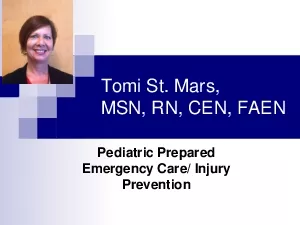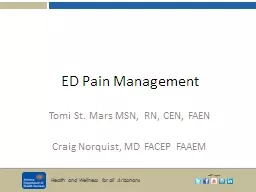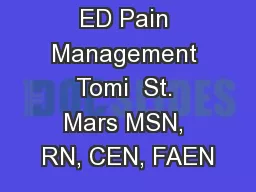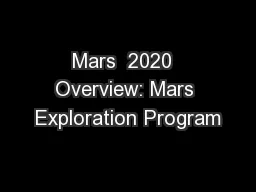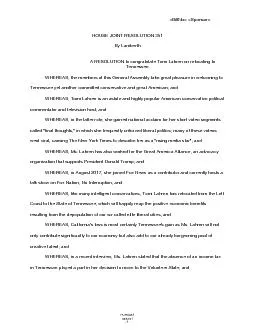PDF-Tomi St Mars
Author : martin | Published Date : 2021-08-27
MSN RN CEN FAENPediatric Prepared Emergency Care Injury PreventionPerformance Measures71 The percentage of prehospital provider agencies in the stateterritory that
Presentation Embed Code
Download Presentation
Download Presentation The PPT/PDF document "Tomi St Mars" is the property of its rightful owner. Permission is granted to download and print the materials on this website for personal, non-commercial use only, and to display it on your personal computer provided you do not modify the materials and that you retain all copyright notices contained in the materials. By downloading content from our website, you accept the terms of this agreement.
Tomi St Mars: Transcript
Download Rules Of Document
"Tomi St Mars"The content belongs to its owner. You may download and print it for personal use, without modification, and keep all copyright notices. By downloading, you agree to these terms.
Related Documents

